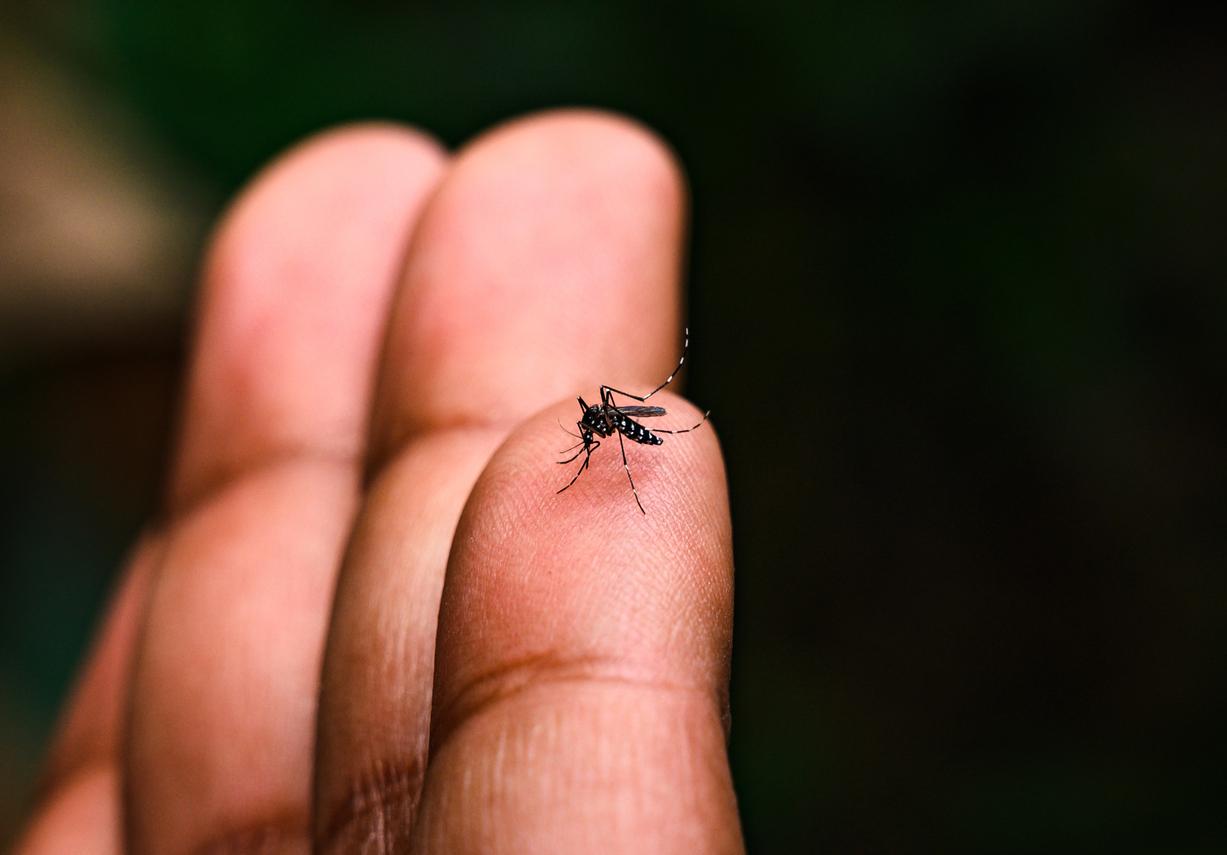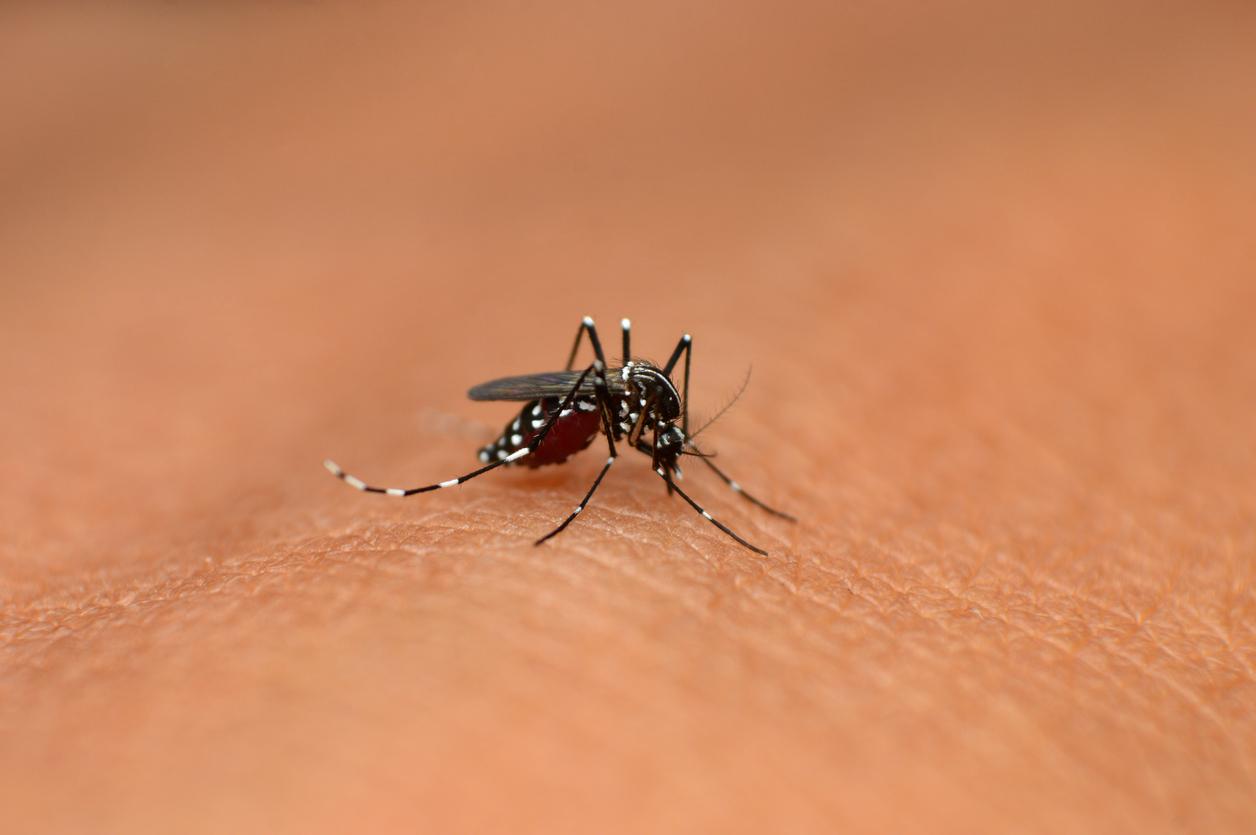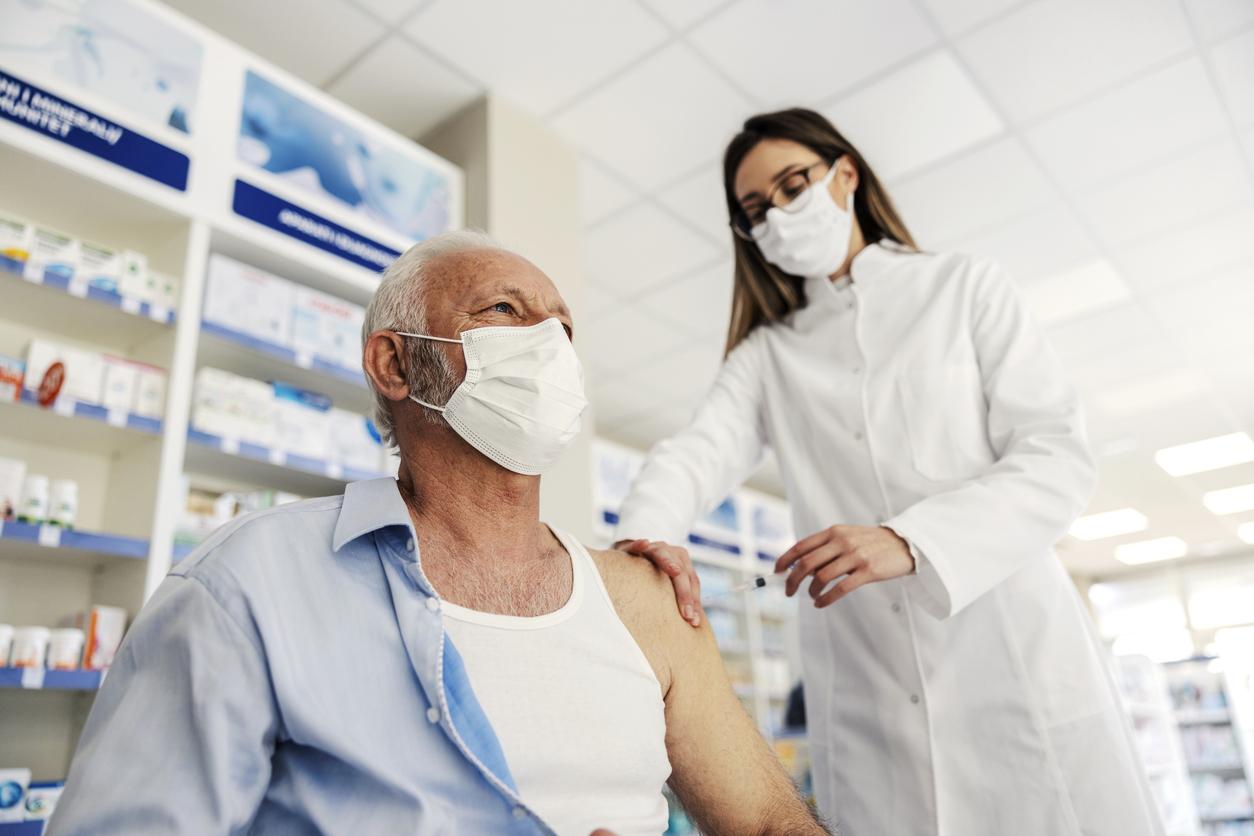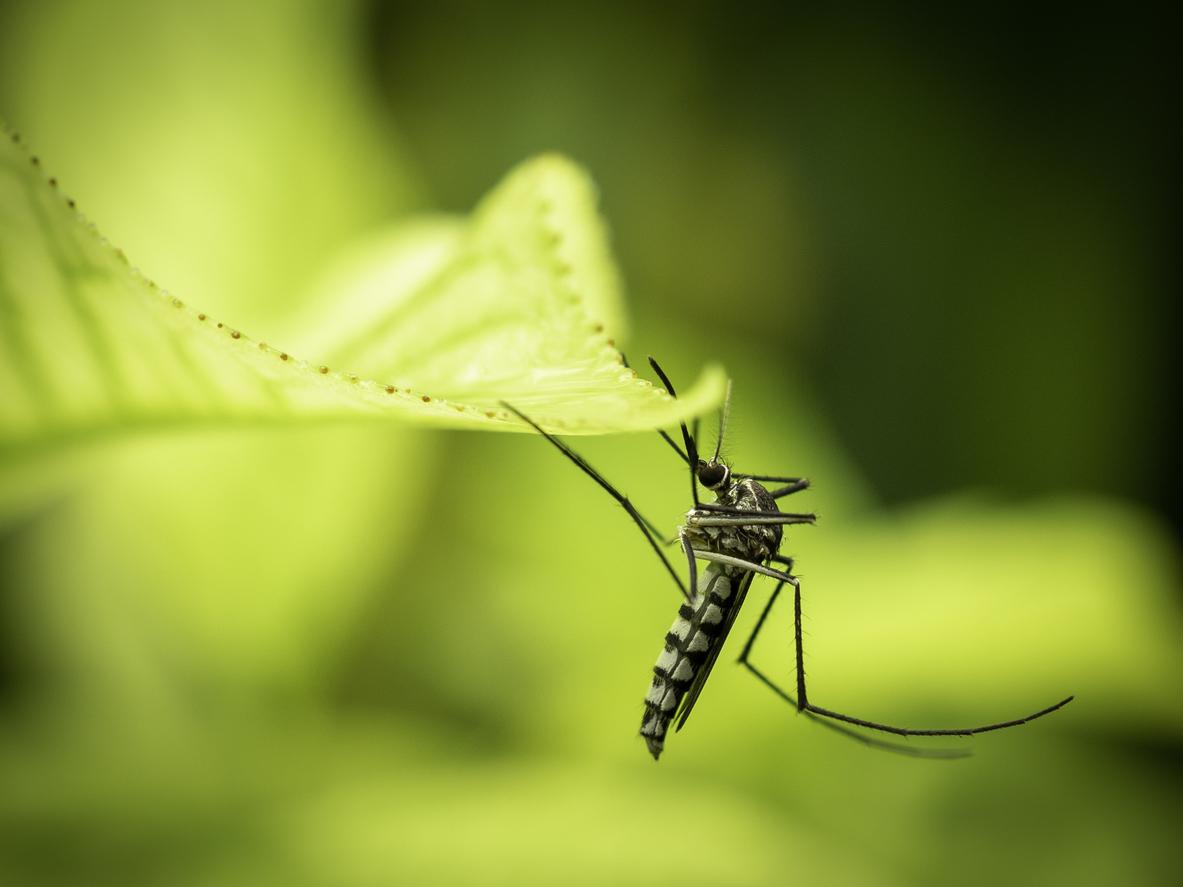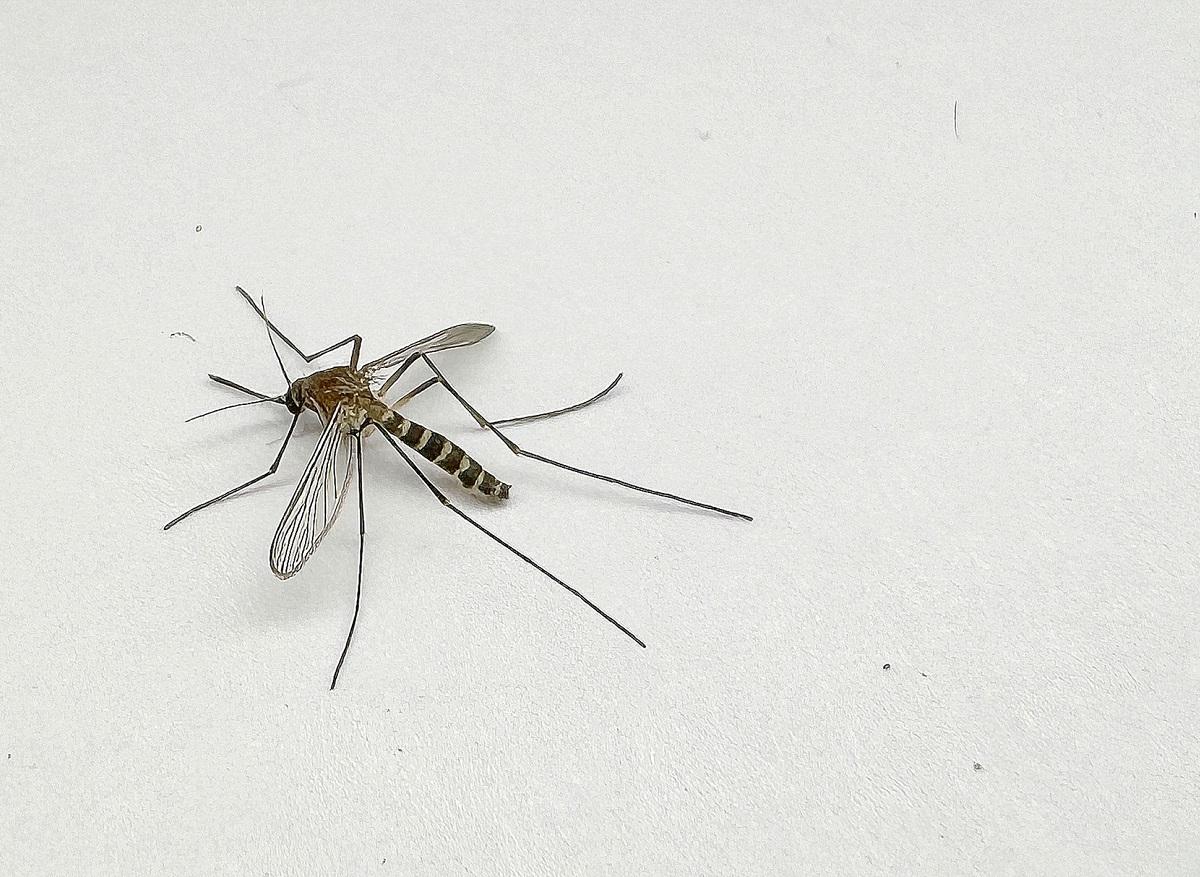Since May 1, 54 imported cases of chikungunya have been confirmed in metropolitan France at InVS. A worrying assessment knowing that 55% of patients have an altered quality of life at 2 years.

The toll of cases imported into the metropolis of chikungunya continues to increase! Every day, the regional health agencies (Ars) report new contaminations to the Institut de Veille Sanitaire (InVS). Thus, from 1er May to June 16, 54 imported cases of chikungunya were confirmed in the 18 metropolitan departments where the mosquito Aedes albopictus is implanted. And even if there has been no indigenous case for the moment, this report worries the health authorities. Because beyond the risk of epidemic in metropolitan France which is present, doctors know that many of these infected patients will be very difficult to recover.
One in two patients does not recover
Indeed, a study published at the end of 2012 was carried out by researchers from InVS in 2005-2006, during the major epidemic of chikungunya infection (CHIK) which affected the islands of the Indian Ocean and particularly the Réunion (38.2% of the infected population). The results of this work, which concerned 391 patients with CHIK infection (1), diagnosed in mainland France, showed that two years after the onset of their infection, 55% of patients did not consider themselves cured and had a deteriorated quality of life.
This is understandable when we know that the chikungunya virus infection causes joint damage, often very disabling, mainly concerning the small joint belts (wrists, fingers, ankles, feet) but also the knees and more rarely the hips or shoulders .
Headaches, accompanied by fever, severe muscle pain, a rash on the trunk and limbs, inflammation of one or more cervical lymph nodes or conjunctivitis are frequently associated with this joint damage. .
However, the authors recognize limits to their work. In particular the fact that these results were obtained from self-administered questionnaires. It is therefore a suffering that is felt and not measured. The patients did not undergo clinical examinations. In addition, the comorbidities may have had an impact on the quality of life before the onset of chikungunya infection, they specify.
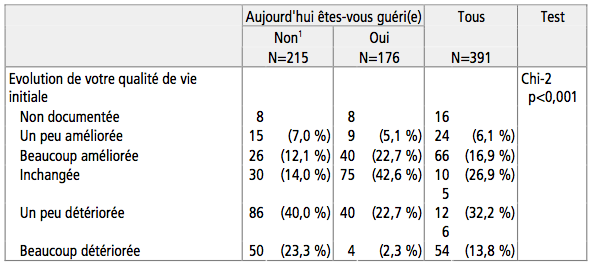
Evolution of the quality of life according to recovery or not, chikungunya study, metropolitan France, 2005-2007 (Source InVS)
Less likelihood of recovery in some patients
This research also reveals another interesting fact. That the probability of recovery was lower in patients over 50 years of age, but also in those with comorbidity (joint disease) or having had a long duration of the initial phase of infection.
In addition, the deterioration in quality of life in unhealed people had levels similar to those seen in patients with chronic rheumatologic diseases (osteoarthritis, rheumatoid arthritis).
Finally, the study revealed good news, however: cured patients recovered a level of quality of life identical to that of the general population. “These results show the importance of medical follow-up until complete recovery to ensure a return to normal in the state of health and the quality of life experienced and of psychological support to prevent a possible depression or anxiety due to the chronic course of the disease, ”the authors concluded.
(1) including patients reporting not cured and those not knowing if they were cured
.







